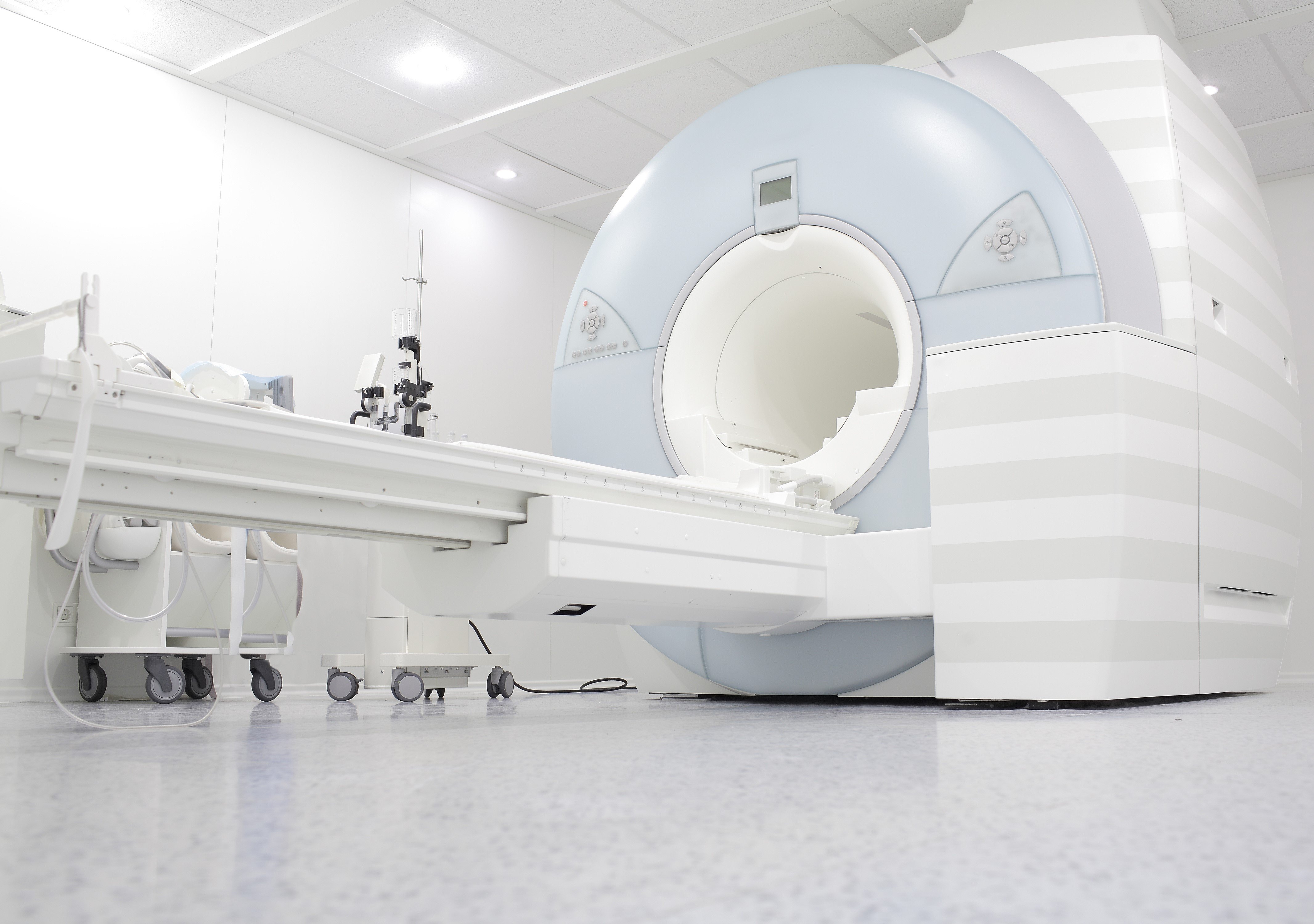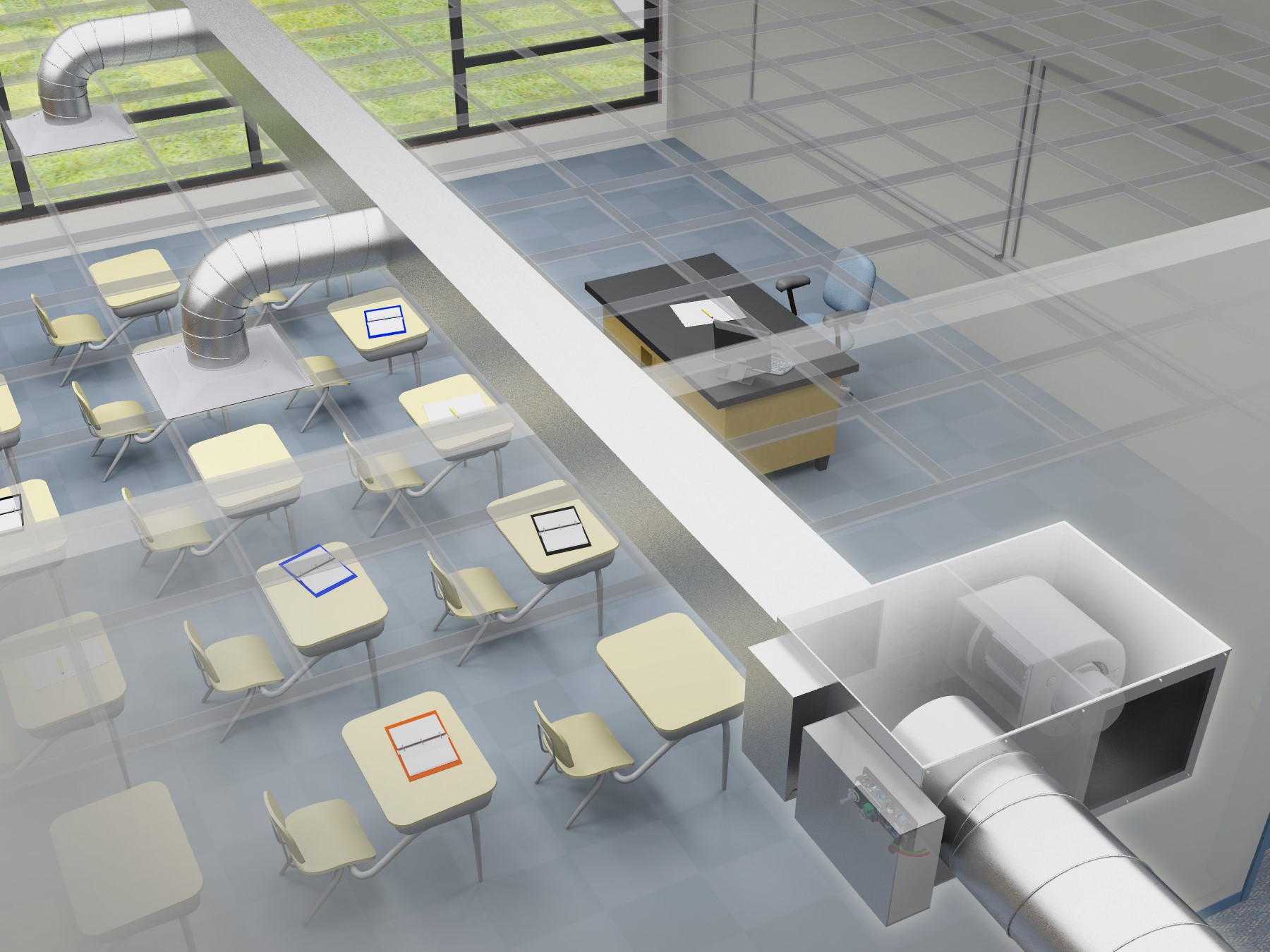The Engineer’s Guide to MRI-Compatible Products
When it comes to selecting air inlets and outlets, magnetic resonance imaging (MRI) rooms need special consideration due to the unique equipment found in the room. MRI rooms, often referred to as magnet rooms, contain MRI machines that use powerful magnets to produce pictures of anatomy and physiological processes of the body. These magnets create a magnetic field, which makes the material choice of air inlets and outlets a key factor in the design of the air distribution system.
Read More
Topics:
GRD,
Diffusers,
Grilles,
HVAC Fundamentals,
HVAC,
Engineering,
Design Engineering
Exploring the Benefits of Displacement Ventilation in Schools
For years, studies have linked healthy environments in schools with improved educational outcomes for students. We’ve seen that indoor air quality has a major impact on health, performance and attendance and that quiet classrooms improve academic performance, reduce stress and encourage better behavior.
Read More
Topics:
Acoustics,
Displacement,
Thermal Comfort,
HVAC Fundamentals,
HVAC,
Engineering,
Design Engineering,
ASHRAE 62
Working with Active and Passive Beams in Cold Climates
For applications in climates that require a significant amount of heating, owners, engineers and contractors often wonder if chilled beams are an appropriate choice for their projects. Since the “chilled” part of the chilled beam name only specifies cooling, can you also produce heat with a chilled beam?
Read More
Topics:
Beams,
Induction,
Thermal Comfort,
HVAC Fundamentals,
Engineering,
Design Engineering
A Look at These Standards and How They Impact Terminal Unit Acoustics
Sound-power and sound-pressure levels are used to catalog acoustical performance for terminal units. The sound performance of a terminal unit is crucial when considering the comfort of occupants within a space. For example, some places have an open-ceiling design and are well suited to quiet units to minimize distracting noises.
Read More
Topics:
Acoustics,
Noise Criteria,
Terminals,
HVAC Fundamentals,
HVAC,
Engineering,
Design Engineering
On Education, Community and Finding Your Home
Universities and colleges are so much more than institutions that distribute degrees. They provide an environment for students to meet others who share the same philosophies – and many who refreshingly do not – and bring together great minds that create even greater ideas. For many people, their university becomes a second home: a place where they feel supported, where they can learn unencumbered and where they feel they truly belong.
Read More
Topics:
Employees,
HVAC,
Engineering,
Philanthropy,
Giving







